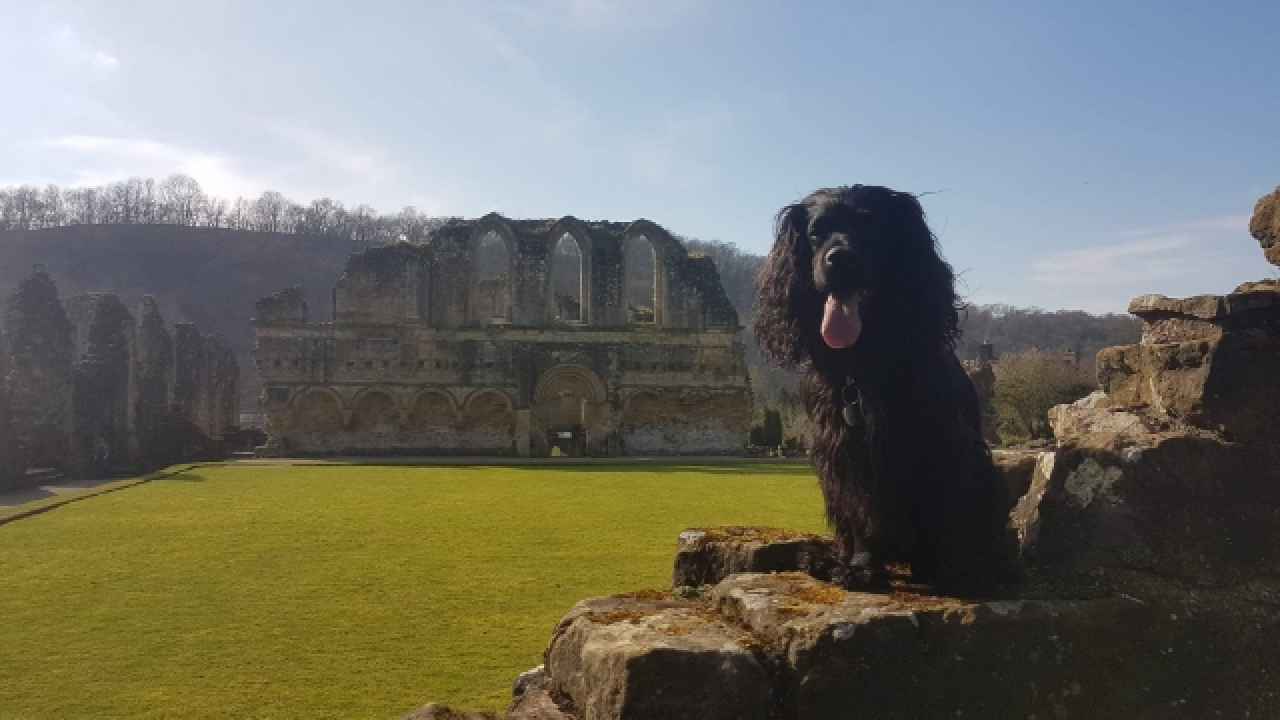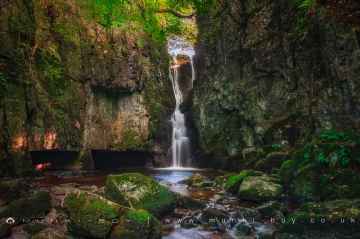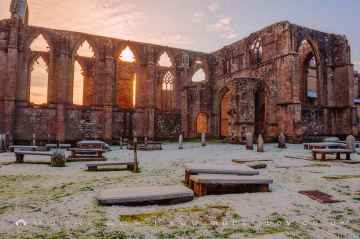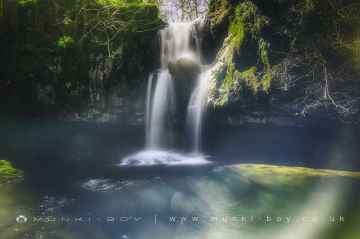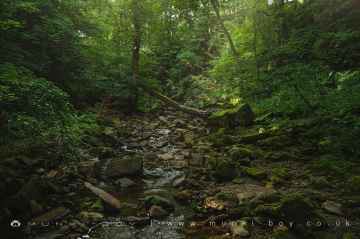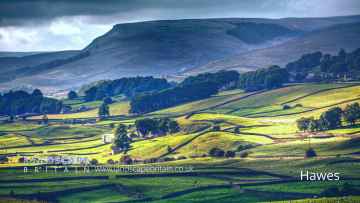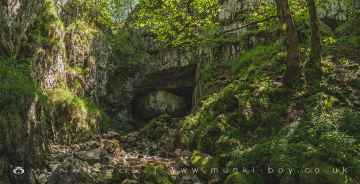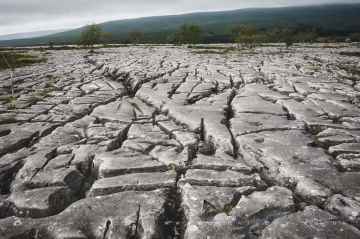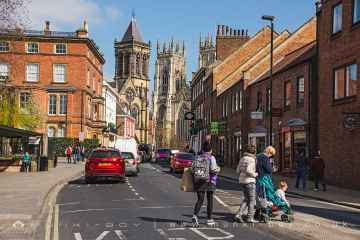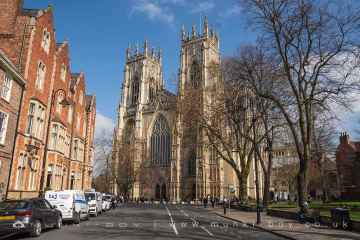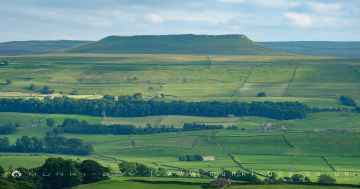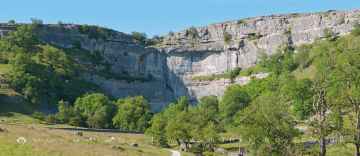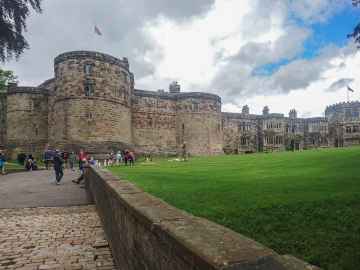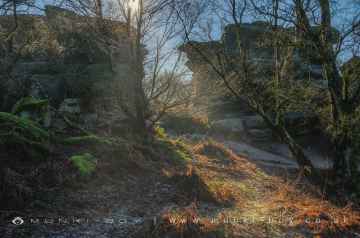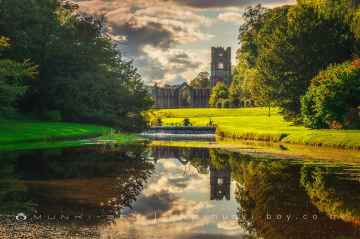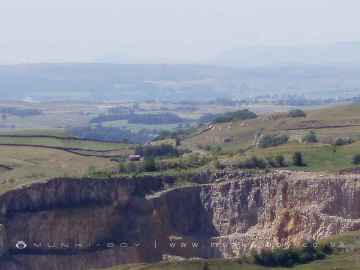Helmsley is a Town in the county of North Yorkshire.
Helmsley is a picturesque market town on the edge of the North York Moors, known for its historic charm, stunning countryside, and welcoming atmosphere. With its medieval castle, quaint stone buildings, and thriving independent shops, it offers a perfect blend of heritage and rural beauty. The town’s bustling market square has been a focal point for centuries, hosting a regular market that brings traders and visitors together in a lively setting. Traditional tearooms, cosy pubs, and boutique stores line the streets, making Helmsley an inviting place to explore.
Helmsley Castle, which dates back to the 12th century, stands as a striking reminder of the town’s past. Once a powerful fortress, it later became a Tudor mansion before falling into ruin after the English Civil War. Today, visitors can wander through its remains and enjoy panoramic views across the surrounding landscape. Nearby, the Walled Garden offers a beautifully restored haven filled with colourful borders, orchards, and tranquil seating areas. Another historic highlight is Rievaulx Abbey, just a short walk or drive from the town, where the impressive ruins of this former Cistercian monastery create a dramatic contrast against the rolling green hills.
Helmsley is also a gateway to the North York Moors, making it a paradise for walkers and outdoor enthusiasts. The Cleveland Way, one of England’s most scenic long-distance trails, begins here, leading across the moors and along the dramatic Yorkshire coast. Duncombe Park, a grand country estate with landscaped gardens and woodland walks, adds to the town’s appeal, while the National Centre for Birds of Prey provides a unique experience with daily flying displays. Whether visiting for its history, scenery, or warm community feel, Helmsley captures the essence of a traditional English market town with a timeless charm that keeps visitors returning.
There are great places to visit near Helmsley including some great waterfalls, ruins, historic monuments, hiking areas, villages, rivers and streams, towns, caves, limestone pavements, mountains, cities, historic buildings, hills, geological features, castles, old mines, country parks, parks, gardens and ancient sites.
The area around Helmsley features a number of interesting waterfalls including Catrigg Force, Lockin Garth Force, Whitfield Gill Force, Slape Wath Waterfall, Mill Gill Force, Cotter Force, and Aysgill Force.
Helmsley's best nearby ruins can be found at Bolton Abbey, Byland Abbey, Norton Tower (ruin), Easby Abbey (ruin), Fountains Abbey and Studley Royal Water Garden, Fountains Abbey (ruin), and Trig Point on Warrendale Knotts.
Helmsley has some unmissable historic monuments nearby like Bolton Abbey, Rylstone Crag and Rylstone Cross, Culloden Tower, and Robin Hood's Well (Fountains).
Deepdale, Cotterdale, Southerscales, Ingleton Waterfalls Trail, Swilla Glen, Baxenghyll Gorge, and Raven Ray are some of Helmsley best hiking areas to visit near Helmsley.
Don't miss Pool-in-Wharfedale, Askrigg, Hardraw, West Burton, Bainbridge, Aysgarth, and Malham's villages if visiting the area around Helmsley.
The area around Helmsley features a number of interesting rivers and streams including Whitfield Beck, Mill Gill, Hardraw Beck, River Wharfe, and Walden Beck at West Burton.
Hawes, Skipton, Grassington, Richmond, Middlesbrough, Harrogate, and Settle are some of Helmsley best towns to visit near Helmsley.
The area around Helmsley boasts some of the best caves including Great Douk Cave, White Scar Cave, Yordas Cave, Gaping Gill, Janet's Cave, Horseshoe Cave, and Jubilee Cave.
The area around Helmsley boasts some of the best limestone pavements including Southerscales, Malham Cove, and Warrendale Knotts Limestone Pavement.
The area close to Helmsley boasts some of the best mountains including Ingleborough.
The area around Helmsley features a number of interesting cities including York, and Ripon.
There are a number of historic buildings near Helmsley including York Minster, Marton House, Norton Tower (ruin), Church of St Peter - Rylstone, Culloden Tower, and Beggar’s Bridge.
The area around Helmsley boasts some of the best hills including Addlebrough, Embsay Crag, Rylstone Crag and Rylstone Cross, Warrendale Knotts, Giggleswick Scar, Blua Crags, and Sugar Loaf Hill.
The area around Helmsley features a number of interesting geological features including Malham Cove, Grassington Lead Mines, and Brimham Rocks.
There are a number of castles near Helmsley including Skipton Castle, Richmond Castle, and Bolton Castle.
There are a number of old mines near to Helmsley including Grassington Lead Mines.
The area close to Helmsley boasts some of the best country parks including Brimham Rocks.
Don't miss Fountains Abbey and Studley Royal Water Garden, Fountains Abbey (ruin), and Studley Royal Water Garden's parks if visiting the area around Helmsley.
There are a number of gardens near to Helmsley including Fountains Abbey and Studley Royal Water Garden.
The area around Helmsley boasts some of the best ancient sites including Schoolboys Tower, Jubilee Cave, and Victoria Cave.
Helmsley History
There are some historic monuments around Helmsley:
Places to see near Helmsley
History of Helmsley
The charter created the burgage plots â long, narrow plots which can still be seen in the property boundaries on the west side of Castlegate and east side of Bridge Street. Large-scale sheep farming, wool production and weaving were the mainstay of Helmsleyâs economy for several centuries. Despite setbacks, including marauding Scots and the Black Death, Helmsley grew steadily throughout the Middle Ages. When wool production declined after the dissolution of Rievaulx Abbey, Helmsleyâs weavers turned to flax, much of which was imported. The weavers were located on Bond and Bridge Streets. By the beginning of the 17th century the form of Helmsley was largely complete, and many buildings in use today date from this period. The oldest surviving house is Canon’s Garth, the vicarage. The town remained with the holders of the barony of De Ros through the Earls of Rutland and the Dukes of Buckingham until it was sold to the city financier, Sir Charles Duncombe in about 1689.



















